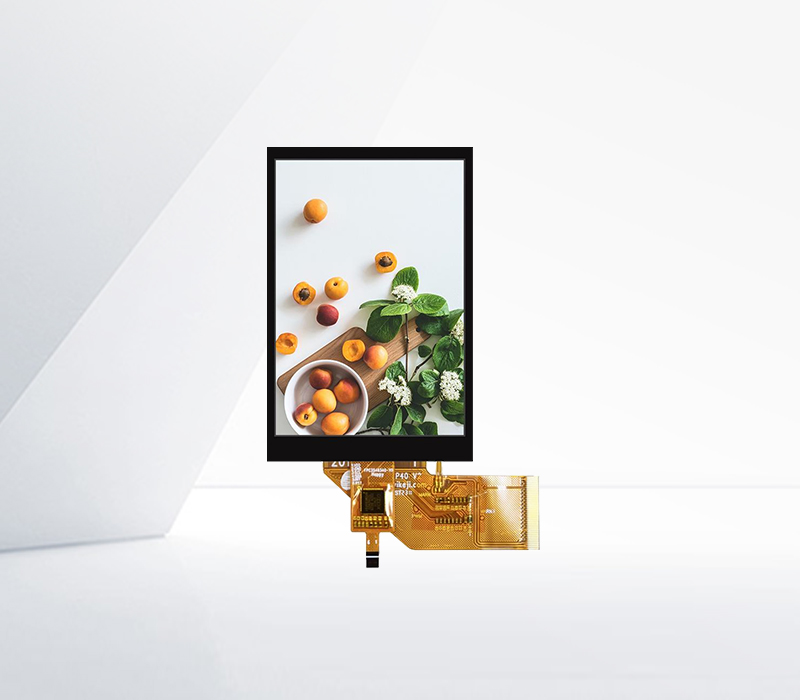




Quality certification of LCD displays serves as a benchmark for consumers and manufacturers alike, ensuring that the products meet certain predefined standards of performance and reliability. There are several well - known quality certification programs around the world, each with its own set of criteria.
One of the most recognized certifications is the ISO (International Organization for Standardization) 9001. This certification focuses on the overall quality management system of the manufacturer. It ensures that the production processes, from raw material sourcing to final product assembly, are carried out in a controlled and efficient manner. For LCD displays, this means that the manufacturing facilities adhere to strict quality control measures at every stage of production. This includes rigorous inspection of the LCD panels, backlight units, and other components to ensure that they meet the required quality standards.
Another important quality certification is the DisplayMate certification. DisplayMate is a renowned independent testing and analysis service for displays. Their certification process involves in - depth testing of various display parameters such as color accuracy, contrast ratio, viewing angles, and response time. For example, a high - quality LCD display aiming for DisplayMate certification would need to have excellent color accuracy, with minimal color deviation across different hues. The contrast ratio should be high enough to provide clear and vivid images, even in low - light conditions. The viewing angles should be wide, allowing users to view the screen from different positions without significant loss of image quality.
In addition, some manufacturers also obtain industry - specific quality certifications. For example, in the automotive industry, LCD displays used in vehicles may need to meet the AEC - Q100 standard. This standard is designed to ensure the reliability and durability of electronic components in automotive applications. LCD displays for automotive use must be able to withstand harsh environmental conditions such as extreme temperatures, vibrations, and humidity. Quality certification not only gives consumers confidence in the product's quality but also helps manufacturers to differentiate their products in the market.
